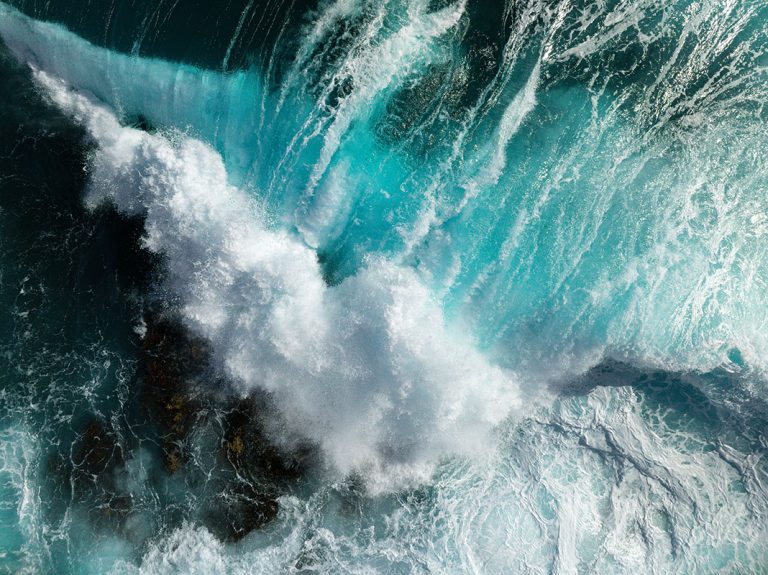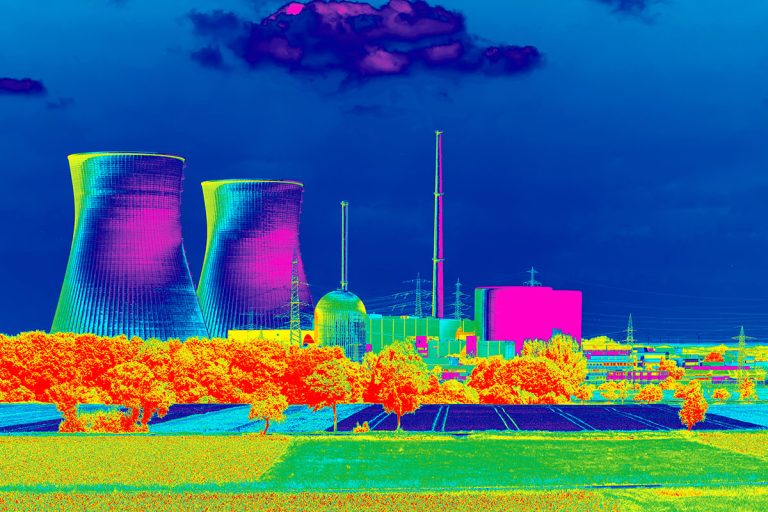Mangroves inspire membranes that can filter heavy metals from water
Khalifa University researchers have developed an eco-friendly ultrafiltration membrane using particles from mangrove trees.
Heavy metals such as copper, lead and nickel found in water supplies pose significant health risks. Even at low concentrations they can contribute to liver damage, kidney failure and cardiovascular disease.
Taking cues from mangrove trees, which are renowned for their ability to absorb heavy metals from soil, a team of researchers from the Center for Membranes and Advanced Water Technology (CMAT) at Khalifa University recently developed an environmentally friendly membrane that can efficiently remove harmful metals from water.
The innovative membrane, a composite material combining carbon-modified particles from the mangrove with polylactic acid (PLA) polymer, showed a pH-sensitive filtration profile and was able to almost completely remove copper, lead, and nickel ions at some pHs. Rejection levels were measured as 99.95%, 100%, and 99.95%, respectively, at a pH of 10. At pH 7, maximum absorption rates of 4.2mg/g, 6.8mg/g and 5.0mg/g respectively were seen.
“By mimicking how nature does its work, we are likely to stay within a safer zone than by using synthetic organic materials with known negative impacts on our health and environment.”
Hassan Arafat
“Tannins in the leaves of the Avicennia marina mangrove (AMM) are known to chelate heavy metals, influencing how the metals travel and change in estuarine mangrove wetlands,” explains Hassan Arafat, Senior Director of the Research and Innovation Center for Graphene & 2D Materials (RIC2D), who works closely with CMAT. “We thought that AMM-derived materials could be used with activated carbon for enhanced absorption performance. Our membranes are efficient, biodegradable, eco-friendly, and can be re-generated readily by pH adjustment.”
The synthesized mangrove particles were analyzed using a suite of characterization techniques, including scanning electron microscopy, X-ray diffraction, Fourier-transform infrared spectroscopy, and energy-dispersive X-ray spectroscopy, to confirm their structure and properties. The pore size and water permeability of the membranes were also studied.
“Our membranes are efficient, biodegradable, eco-friendly, and readily re-generated by pH adjustment.”
Hassan Arafat
Team members Fatema Khamis, Hanaa Hegab, Fawzi Banat and Shadi Hasan are now exploring opportunities to exploit other natural materials. “We continue to look for novel functional materials inspired by nature to serve particular industrial objectives,” Arafat says. “By mimicking how nature does its work, we are likely to stay within a safer zone than by using synthetic organic materials with known negative impacts on our health and environment.”
Reference:
- Khamis, F., Hegab, H.M., Banat, F., Arafat, H.A., & Hasan, S.W. Development of sustainable pH-responsive adsorptive modified mangrove-based polylactic acid ultrafiltration membrane for the removal of heavy metals from aqueous solution Chem. Eng. J. 474 145471 (2023) | Article




